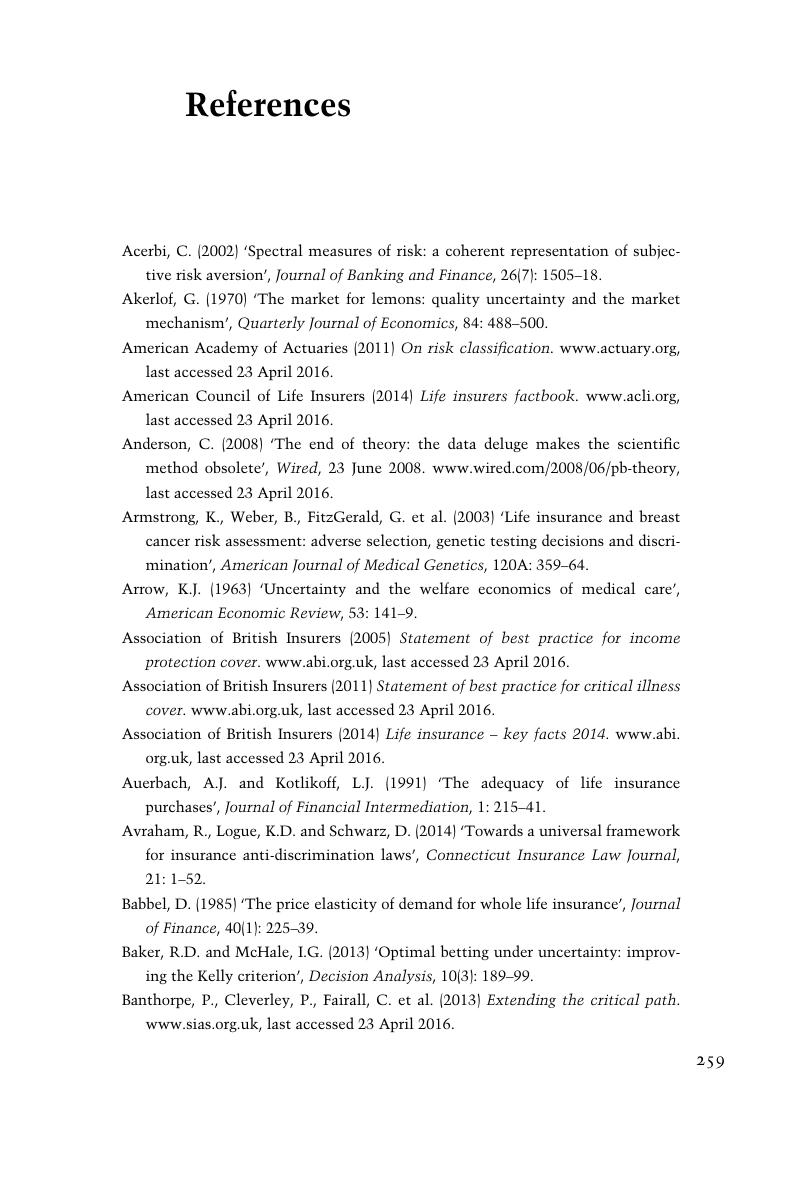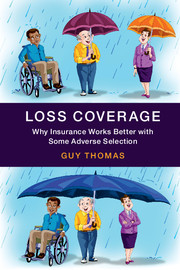References
Published online by Cambridge University Press: 04 May 2017
Summary

- Type
- Chapter
- Information
- Loss CoverageWhy Insurance Works Better with Some Adverse Selection, pp. 259 - 270Publisher: Cambridge University PressPrint publication year: 2017



